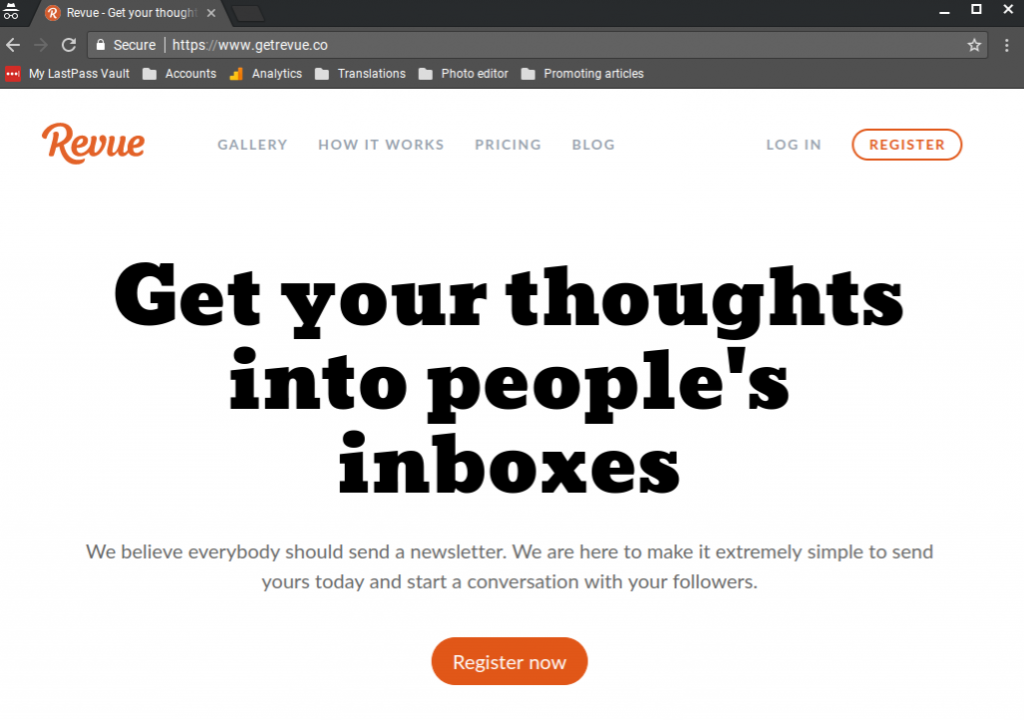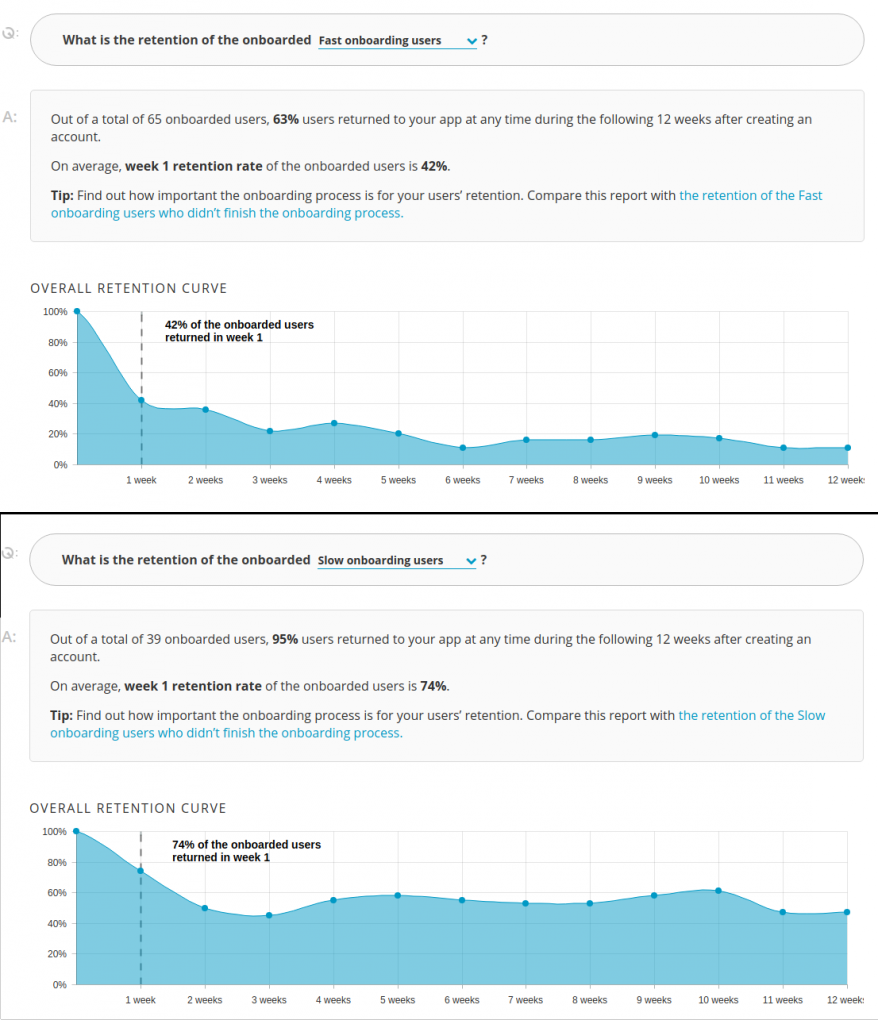Everyone struggles to improve their on-boarding process in order to convince more and more customers to buy their product.
Most companies I know assume that the smoother the on-boarding process, the faster you convince the customer to use your product, and the higher the on-boarding rate and the customer retention. They correlate the time users get on-boarded with the time they figure out what your product does and experience the value it brings them.
This is how experts in the field correlate time to first value to the on-boarding process:
Nichole Elizabeth Demere: ‘The on-boarding process, in particular, is where we really win or lose customers – and the surest way to win them is to show them value.’ (source)
RRE VENTURES: ‘On-boarding should emphasize and reinforce the value prop that drove the user to your product in the first place. Sign-up should be frictionless and deployment should be self-service to the point where the customer is up and running in minutes and, most importantly, getting value from your product a few moments right after.’ (source)
But is this really so? Does this philosophy of ‘the sooner the better’ always work?
In our experience, this is not always the case, so we would like to challenge this opinion. Here’s why.
We are dealing here with ‘Time to First Value’. For those of you who are new to the concept, here is a short definition.
Time to first value (a.k.a. TTFV) is the amount of time it takes a customer to get real, tangible value from using your product. In other words, TTFV is when a person finishes the on-boarding process and experiences first-hand the benefits of your product, the very thing you promised them.
For instance, getrevue.co, our tool for sending this newsletter, makes the following promise on their homepage.

Basically, for this tool, you receive first value when you send your first newsletter. And the time to first value is the time it takes you to get on-boarded and learn about this tool.
Now, it goes without saying that customers will get the wrong impression of your product if your on-boarding process is not straightforward enough, and will quickly abandon it. Naturally, the faster you convince them, the better for your company.
So it might seem counterintuitive to challenge this view. But hear me out:
It all started with one of our customers who wanted to decrease the time to first value. Before they started, they asked me how big the correlation between the time it took to get to the first value and the retention of users was. We crunched the numbers and came to a conclusion that was surprising to everyone: in their case, the longer it took people to get to first value, the higher the retention.
This is how the retention curve looked like for the users who on-boarded faster vs. those who took longer to get on-boarded.

At first, we really thought they were unique from this perspective. Still, we wondered if this could be true for other companies as well. We then had the chance to run the same analysis on 5 more SaaS companies.
And guess what – for all of them, without exception, the users who took longer to get to first value had a considerably higher retention.
How is this possible?
For one… think about it: do you like to be rushed? – I don’t think so.
The virtual world is extremely fast-paced. Every day you are bombarded with emails requiring you to read an article, sign-up somewhere etc. Sometimes you just need time to breath and take things at your own pace. It’s the same for your customers. You have to know when to push them and when to let them breathe.
So, with some of your users – don’t rush it. Maybe they are aware of the value they receive from your product and know what they have to do, but they don’t have enough time at that very moment, so rushing them might only irritate them.
Also, the road to first value is just as important as the first value itself. Push your potential customers too hard and they might not understand the value of your product. Shortcuts will decrease the time to first value but can also decrease the importance of that first value.
I have seen one company that tried all sorts of hacks in getting that time smaller (e.g. SEO tool adding keywords automatically to users if they didn’t add them in the first 10 minutes) which had no impact or even negative impact on getting users from free to paid.
Does this mean that you should not meddle with the TTFV or even increase it?
No, definitely not.
But I would certainly treat any project designed to decrease time to first value with great care. My point is to find the right time to help users get the first value out of your app, and finish the on-boarding process. This means – not to jump at their neck right away if you notice they don’t fit your expected on-boarding timeline.
This is what Lincoln Murphy thinks about this issue:
‘I see a lot of vendors tie their on-boarding to some artificial time frame, usually 30 days. And they say, “Well, they’ve been a customer for 30 days, check that box, they’re on-board now.” So even though they have an on-boarding process, they have some arbitrary time frame, they overwhelm the customer, and then they say after that 30 days, the customer is on-board. This makes no sense. Then, of course, the customer complains they’re not getting any value and the vendor blames them for not finding value from this – obviously – super valuable product. There’s a mentality that has to change here. Treat time to first value as a goal. Every customer achieves success in their own timeline.’ (source)
Looking to get deep insights into how your customers use your product? InnerTrends can help. You won’t have to be a data scientist to discover the best growth opportunities for your business, our software will take care of that for you.
Schedule a Demo with us and witness with your own eyes just how powerful InnerTrends can be.